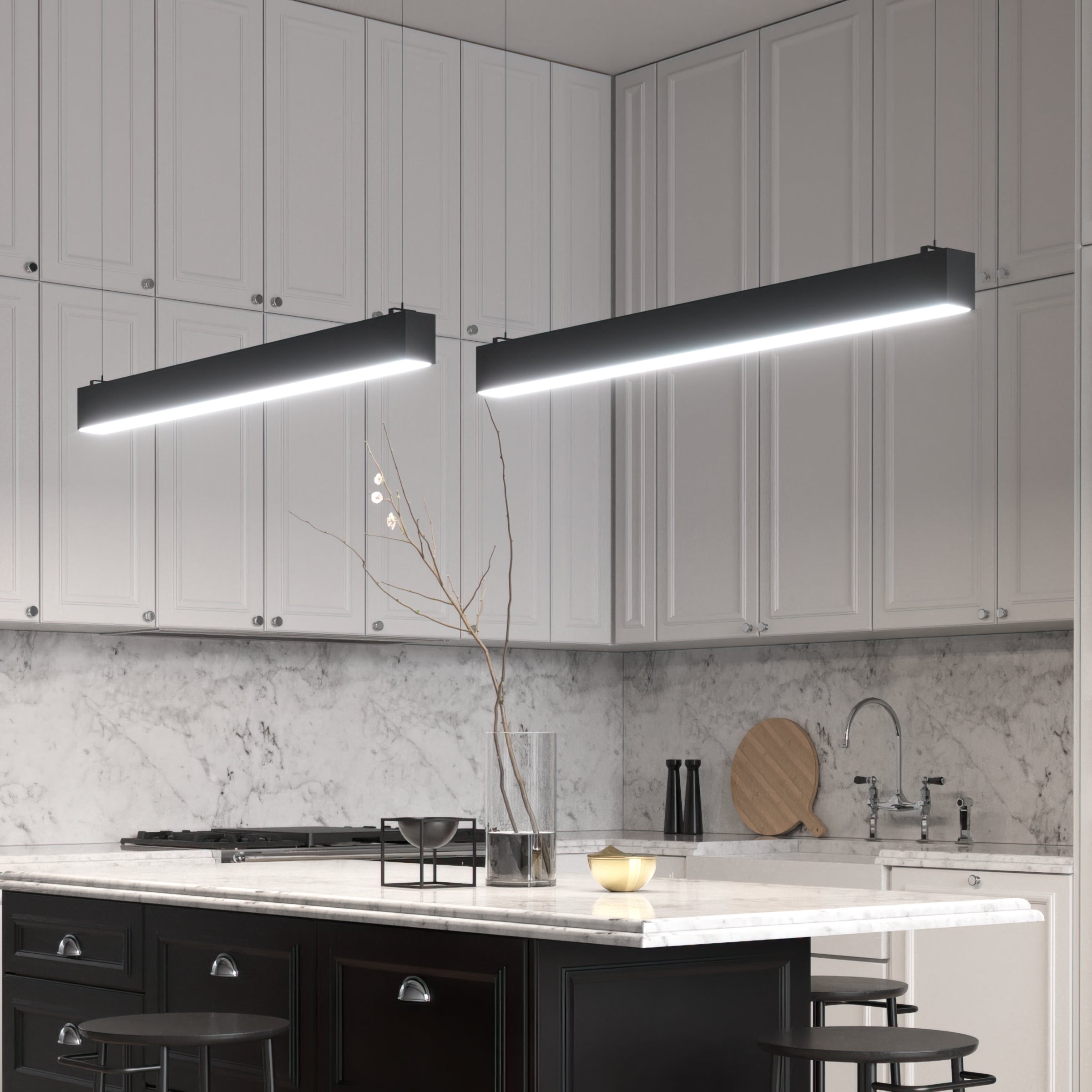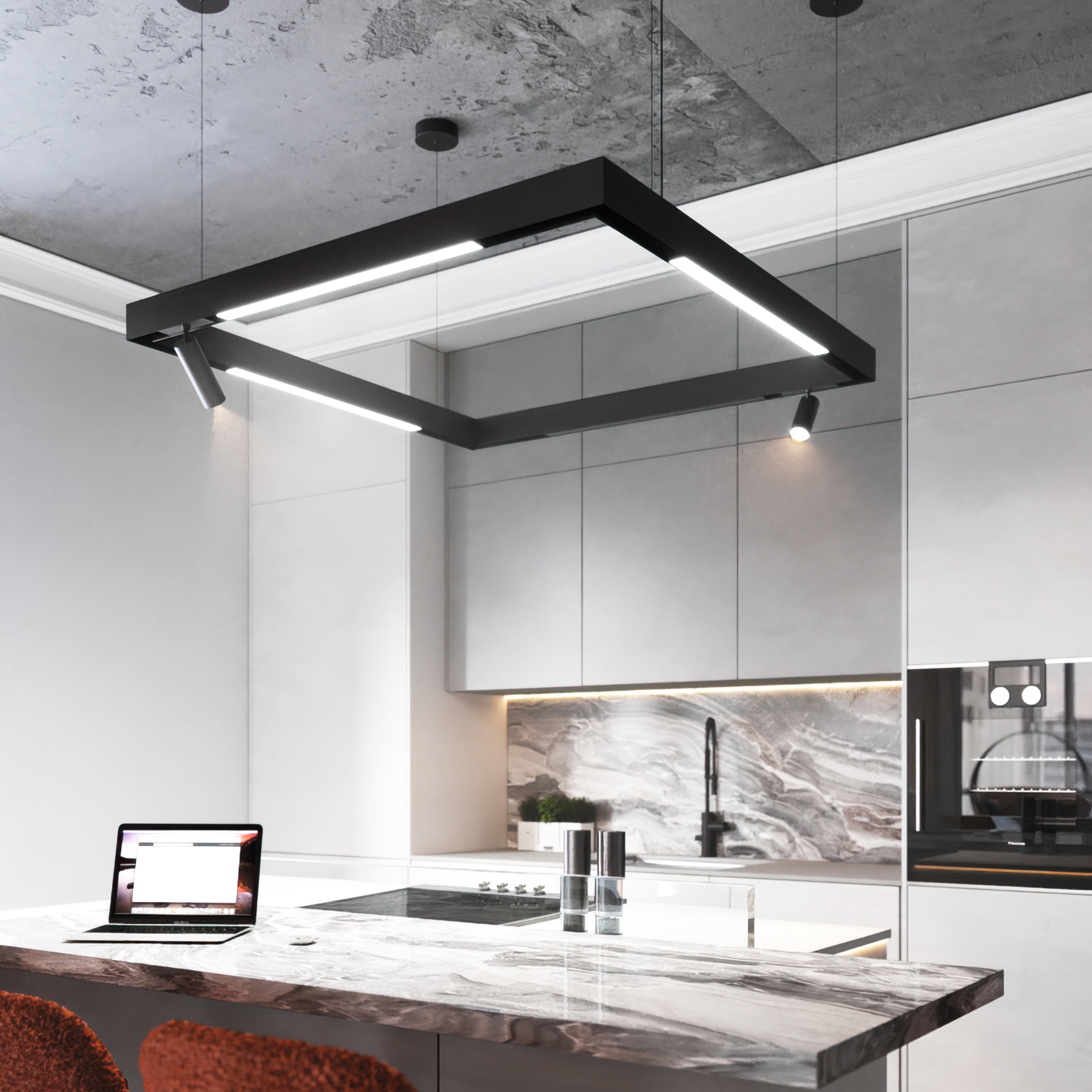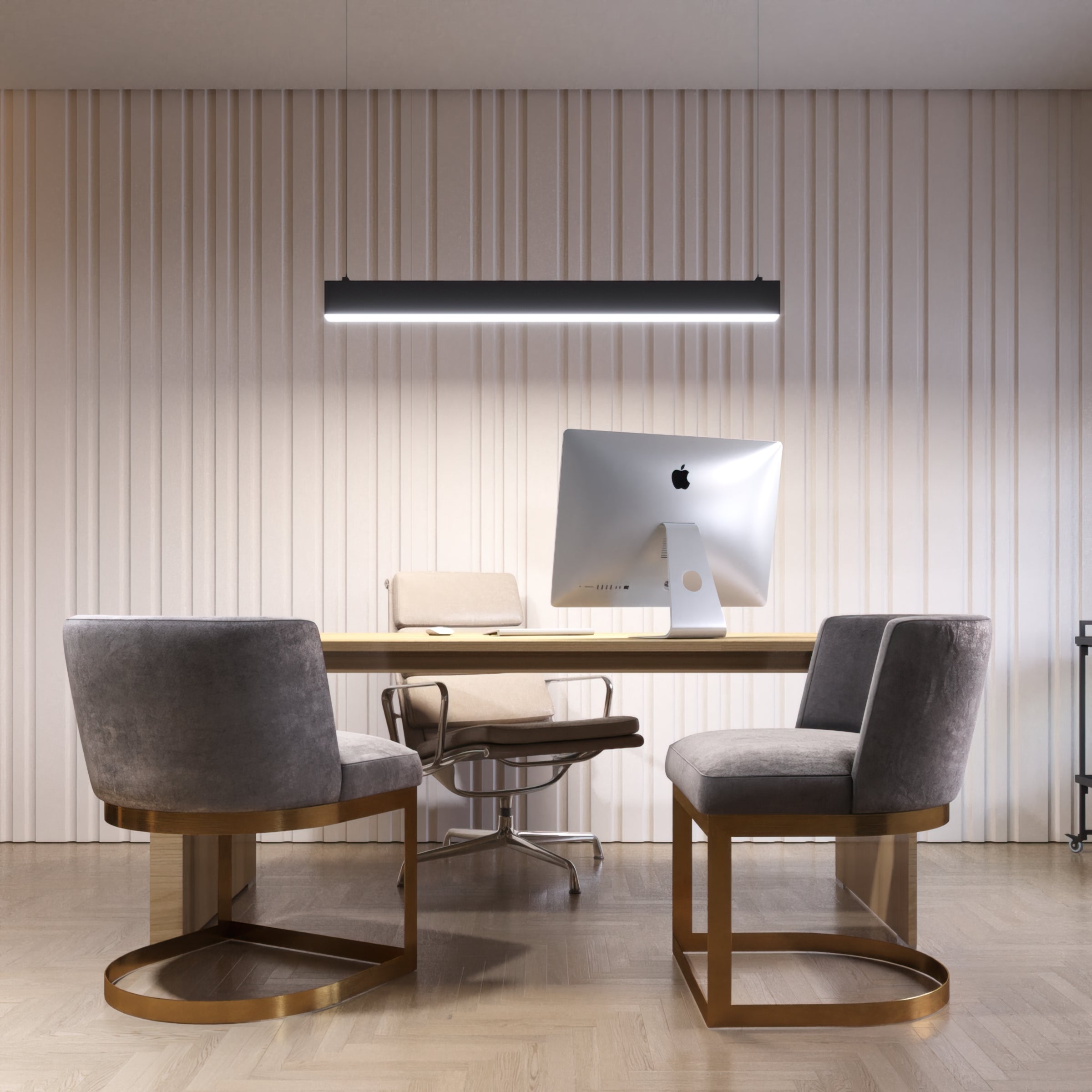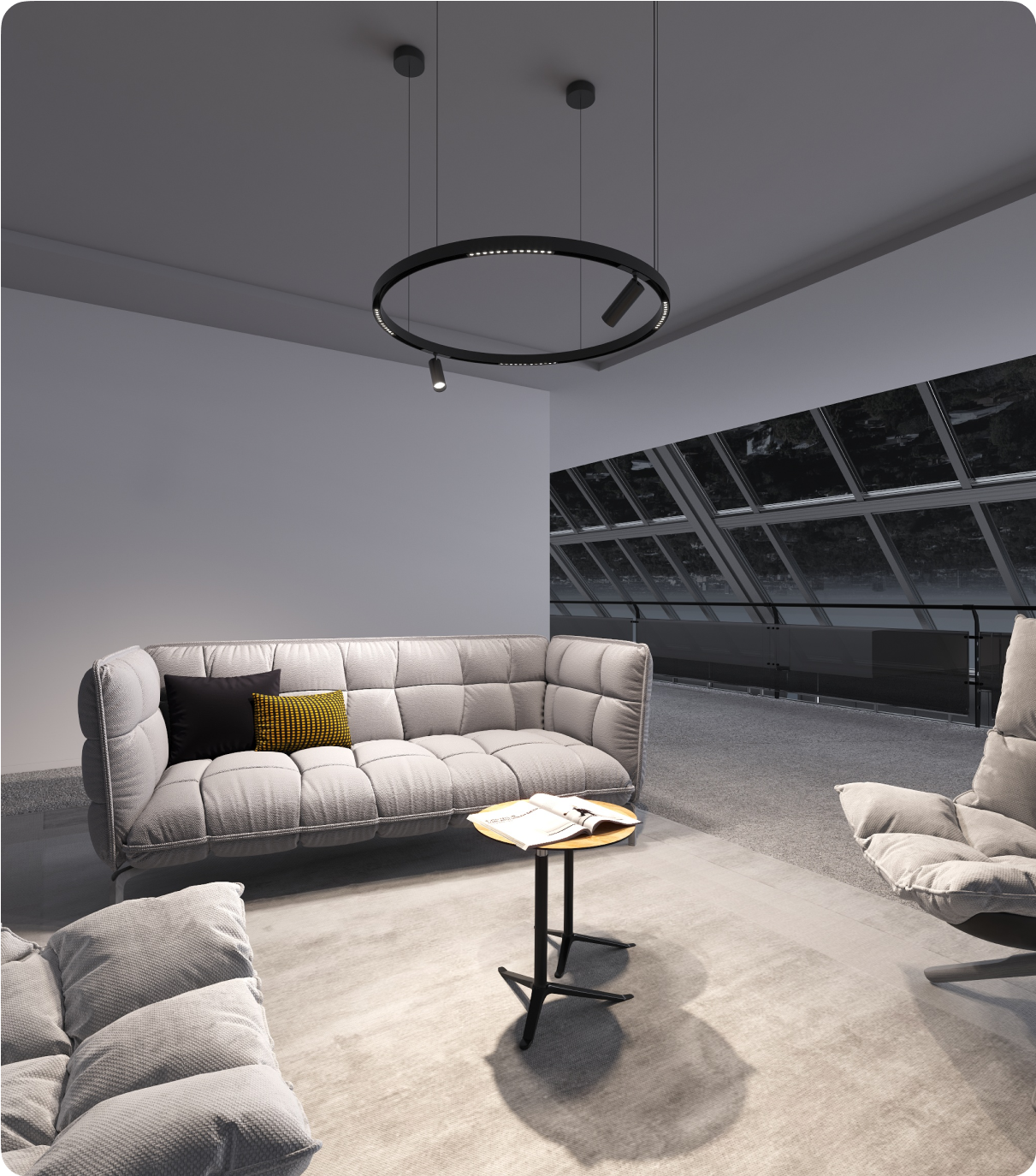Welcome to LED Lights Direct's guide on essential business lighting maintenance tips. In the business world, lighting plays a vital role in illuminating spaces and impacting energy efficiency and overall productivity. Neglecting lighting maintenance can result in higher utility bills, decreased aesthetics, and operational disruptions.
At LED Lights Direct, we understand the importance of maintaining an efficient and well-lit workspace. This comprehensive guide will share valuable insights and practices to help businesses save on lighting-related expenses while ensuring their premises remain well-lit and inviting.
Whether you operate a retail store, an office, or an industrial facility, these maintenance tips will help you optimize your lighting systems, reduce costs, and create a more productive and appealing environment for employees and customers. Let's dive into the essential commercial LED lighting maintenance practices that can significantly impact your enterprise.
Commercial Lighting Maintenance Tips
Ensuring the longevity and optimal performance of your business lighting is essential for cost savings and maintaining a productive work environment. This comprehensive guide will delve into key retail lighting maintenance tips to help your business shine brightly.
Check Your Lighting Fixtures Monthly
The fundamental step in maintaining business lighting is regularly inspecting your lighting fixtures. This includes checking the entire system for potential issues. Although this may seem obvious, it's often overlooked.
Regularly checking your lighting fixtures allows you to identify problems early on. These issues could range from burnt-out bulbs to loose connections or fixtures not functioning correctly. By catching these problems early, you can address them promptly, preventing interruptions to your business operations.
A scheduled monthly maintenance check helps you monitor the condition of your lighting system effectively. It enables you to spot issues like flickering or dimming bulbs before they become disruptive. Rather than dealing with a burnt-out bulb at an inconvenient time, you can plan replacements during periods that won't disrupt your business.
Use the Right Lighting
When it comes to business lighting, choosing suitable types of lights is crucial. Lighting characteristics vary depending on the type of fixtures you install. For example, traditional fluorescent tubes were often chosen for their brightness and cost-effectiveness. However, modern LED lighting has become the preferred choice due to its numerous advantages.
LED lights are renowned for their longevity, low heat generation, and energy efficiency. While they may be slightly more expensive upfront, they offer substantial savings over time. LED lights reduce maintenance and energy costs and contribute to increased productivity.
Studies have shown that LEDs improve cognitive functions and overall electrical performance compared to fluorescent lighting, making them a wise investment for your business. Consider switching to LED lighting and select a reputable LED lighting supplier to enhance your lighting system.
Examine performance
Checking the performance of your commercial lighting is a vital aspect of warehouse lighting maintenance. This step helps you address recurring issues and identify where replacements or upgrades may be necessary, ultimately saving your business money.
As part of commercial lighting maintenance, it's advisable to examine performance aspects annually. This includes inspecting ballasts, drivers, or transformers to ensure they function correctly. Identifying and addressing any issues promptly can prevent costly problems down the road.
Don't Forget about Cleaning
Regularly cleaning your lighting fixtures is an often-overlooked maintenance task that can significantly impact your business. Dirty fixtures give customers a poor impression of your establishment and can lead to issues and total fixture failure.
Commercial fixtures should be cleaned annually to prevent these problems. Begin by wiping lenses and diffusers to remove accumulated dust, dirt, and grime. Clean any exterior elements of the housing to avoid potential issues. Utilizing a dust cloth to wipe inside the fixture can also help maintain optimal lighting conditions.
Dust accumulation can reduce a light fixture's output by up to 10 percent per year, even in seemingly clean environments. Neglecting cleaning can also lead to overheating, particularly for halogen and incandescent bulbs. Regular cleaning not only improves aesthetics but also ensures that your lights function at their full potential.
Don't Wait for the Burnout
The light output of lamps gradually decreases over time, even if it's not immediately noticeable. Dimming lights can lead to increased eyestrain and potential safety issues. Instead of waiting for your bulbs to burn out completely, use their rated lifespan and lumen depreciation rate as a guide.
For instance, older metal halide lamps can lose 30-50% of their light output over their rated hours. Planning to replace bulbs before they reach this point ensures that your business area remains well-lit and minimizes disruptions.
Choose the Original Replacement Parts
When it's time to replace components in your lighting system, ensure you use parts matching the originals. This applies to drivers, transformers, controls, and all other lighting system components. The simplest way to ensure compatibility is to purchase components from the same brand or manufacturer.
Using original replacement parts not only guarantees compatibility but also simplifies troubleshooting. When all components are from the same source, you only need to contact one company for support, streamlining the maintenance process.
Give Preference to Energy-Efficient Lights
Opting for energy-efficient lighting options is smart for businesses looking to reduce operational costs. While incandescent lights may need replacement every few months and fluorescent lights can last up to a year, high-intensity discharge (HID) lighting offers slightly longer lifespans.
However, the real champion in terms of longevity and energy efficiency is LED lighting. LEDs have an average lifespan of 50,000 hours, meaning you won't have to worry about replacements for 5, 10, or even nearly 20 years, depending on your usage. Additionally, LEDs are unaffected by vibrations and cold temperatures, making them a reliable choice for various.





